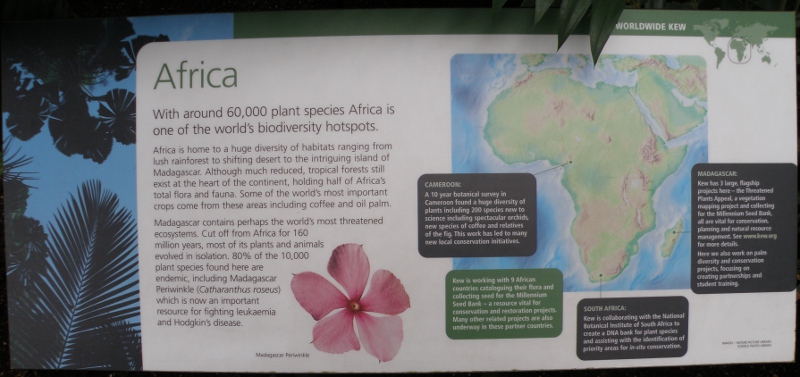Discussions about design and production of the plant labels are now underway. There are several practical challenges as well as the design issues: the labels must be waterproof, they must be cleanable to remove limescale from the watering system and they must be robust. There seems to be remarkably little on the web about design and production of greenhouse plant labels for displays – or perhaps I’m using the wrong key words?
Some examples of labels are:
1) A simple white plastic label with black marker pen. While these are quick, easy and cheap to produce, the marker pens do have a habit of fading over time (see the firstrays web article on this). Labelling with HB pencil can actually last much longer. If handles carefully these labels can last decades. I have some cycads grown from seed in the 1980s that still have their original labels.
2) A typical engraved plant label using black outer laver and white inner layer. These are perhaps the most commonly used labels in public gardens and greenhouses. We have the engraving equipment at Reading – it’s a computer controlled drill effectively. These labels are used in the Harris Garden.
3) A full colour printed information panel for one species here seen on display in the new glasshouse at the Royal Horticultural Society’s garden at Wisley.
4) Finally, in this brief overview, is the interpretative sign for a group of plants from Africa. In this instance it’s on display at the Royal Botanical Gardens, Kew.
When I was a student at Leicester University the garden had invested in photographically printable aluminium signage. this also works very well but can be rather bright on a sunny day and seems limited to black on aluminium.




